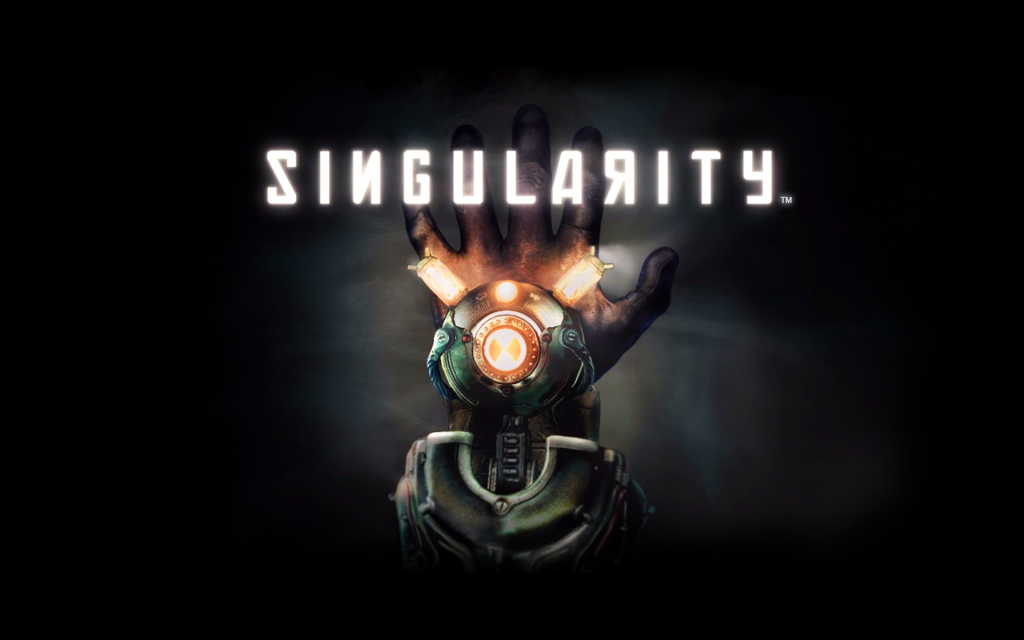The application of body language and micro-expressions in virtual character emotional expressions
1.Introduction: Emotion can be an important part of performance animation because it can build up the relationships between characters and the audience. Based on subjects such as psychology and evolutionary-biology, scientists believe that body language and micro-expressions have a certain connection to human emotions, and this connection can be decoded in a scientific way. Their research provides the basis for developing the computational modeling of face from automated recognition to make expressions of emotions possible among virtual characters. This paper will base on recent research on body language, micro-expressions and animation techniques, analyzing real cases in film, animation and practices, and trying to find an artistic-scientific blended way to build character emotions in performance animations.
Key words: Facial expressions, Emotions, Animation.
2.Methodology:
3.Main body:
The scientific and psychological analysis development of facial expression and body language:
Guillaume Duchenne’s development:
The most remarkable investigation of facial expression of its time was by Guillaume Duchenne. It is remarkable because he documented his scientific research with the then-new medium of photography in the 1860s. He investigated facial articulation by stimulating facial muscles with moist electrodes that delivered direct “galvanic” current to key motor points on the surface of face. More recently, Duchenne’s approach of transcutaneous electrical nerve stimulation has been adopted in performance art where a performer’s face can be controlled via computer programs such as Text-to-Speech, with some intriguing results.
The Mimic language:
The Mimic language developed by Hjortsjo is one of the earliest attempts to investigate and systematize the muscular activities that create the diverse facial expressions. Hjortsjo’s motivation was to develop a language for describing facial expression. According to Hjortsjo, mimicry includes the play of facial features, gestures, and postures.
The concept of mimicry includes additional expressive movements in the form of gestures and postures that are characteristic manifestations of emotional states. Hjortsjo refers to these movements as the mimic co-movements, which include movements of the jaw, the neck, the shoulders, the arms, and the hands.
The words of the Mimic language correspond to facial expressions. These words, or expressions, are formed by combining the letters of the language the actions of the mimic muscles and the mimic co-movements. Hjortsjo describes the facial expressions corresponding to twenty-four emotions. These expressions are arranged in eight groups.
Facial Action Coding System (FACS):
The Facial Action Coding System (FACS), developed by Paul Ekman and Wallace Friesen in 1978, breaks down facial actions into small units called action units (AUs). Each AU represents an individual muscle action, or an action of a small group of muscles, a single recognizable facial posture. In total, FACS classifies 66 AUs that in combination could generate defined and gradable facial expressions. As a result, FACS has been used extensively in facial animation over the past decade to help animators interpret and construct realistic facial expressions. The FACS describes the set of all possible basic AUs performable by the human face. According to Ekman, “FACS allows the description of all facial behavior we have observed, and every facial action we have attempted.”
The analysis of body language and micro-expressions in real practices:
I may analyze some examples in feature films or game area to figure out how these characters use their body language and micro-expressions to represent their emotions in layers. The exmples may comes from some works’ sequences which contains various emotions or even multi-layer emotions. For example, The Last of US series, Detroit: BecomeHuman. Se7en, The Silence of the Lambs. I may also use some bad examples and analyse their problems to draw a critical conclusion.
The exploration of virtual character’s body language and micro-expressions:
I may introduce some testing or experimental performance animation by myself, analyse them and point out the problems.
Experimental performance animation refinement and summary:
Conclusions:
blabla
References:
Mandal, M.K., Awasthi, A. (2015). Understanding Facial Expressions in Communication : Cross-cultural and Multidisciplinary Perspectives. New Delhi: Springer India.
Ekman, P., Friesen, W.V. and Hager, J.C. (2002). Facial action coding system. Salt Lake City: Research Nexus.
Osipa, J. (2010). Stop staring facial modeling and animation done right. Indianapolis, Ind Sybex.
Martinez, L., Falvello, V.B., Aviezer, H. and Todorov, A. (2015). “Contributions of facial expressions and body language to the rapid perception of dynamic emotions.”, Cognition and Emotion, 30(5), pp. 939–952.
Kovecses, Z. (2000). Metaphor and emotion : language, culture, and body in human feeling. Cambridge: Cambridge University Press.
Russell, J.A. and José Miguel Fernández-Dols (2002). The psychology of facial expression. Cambridge: Cambridge University Press.
